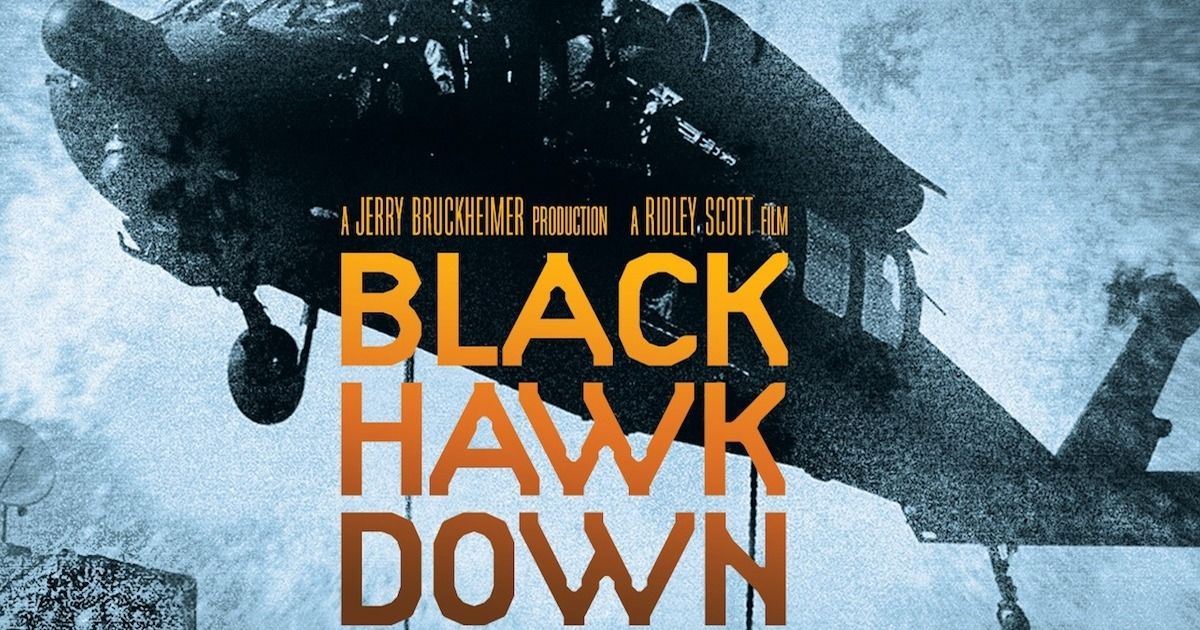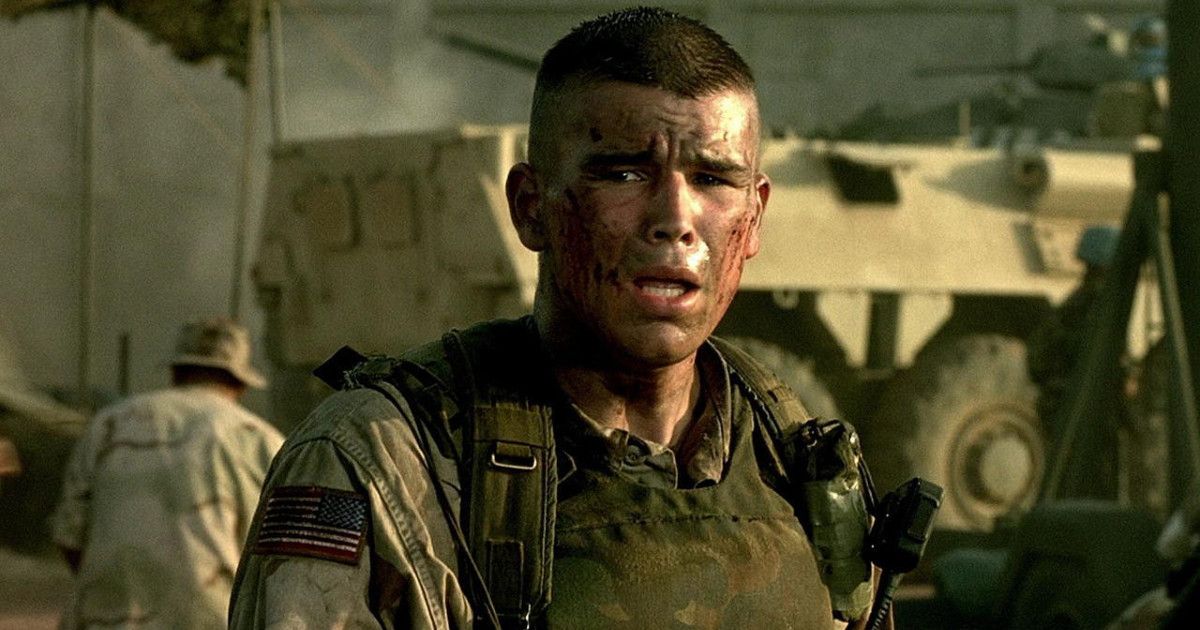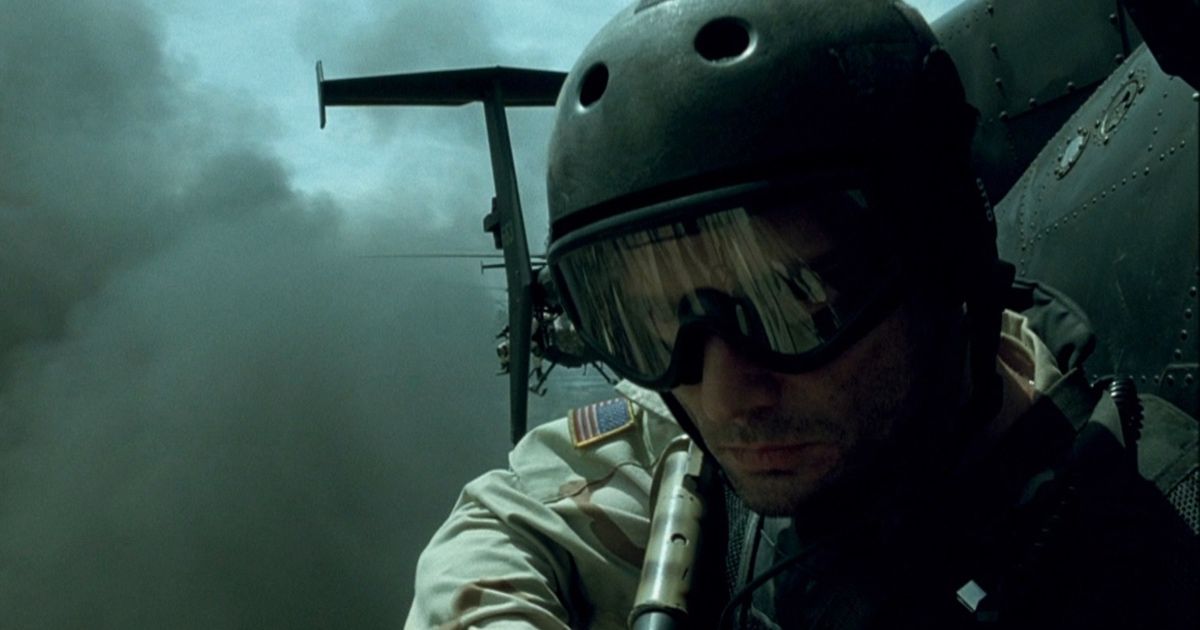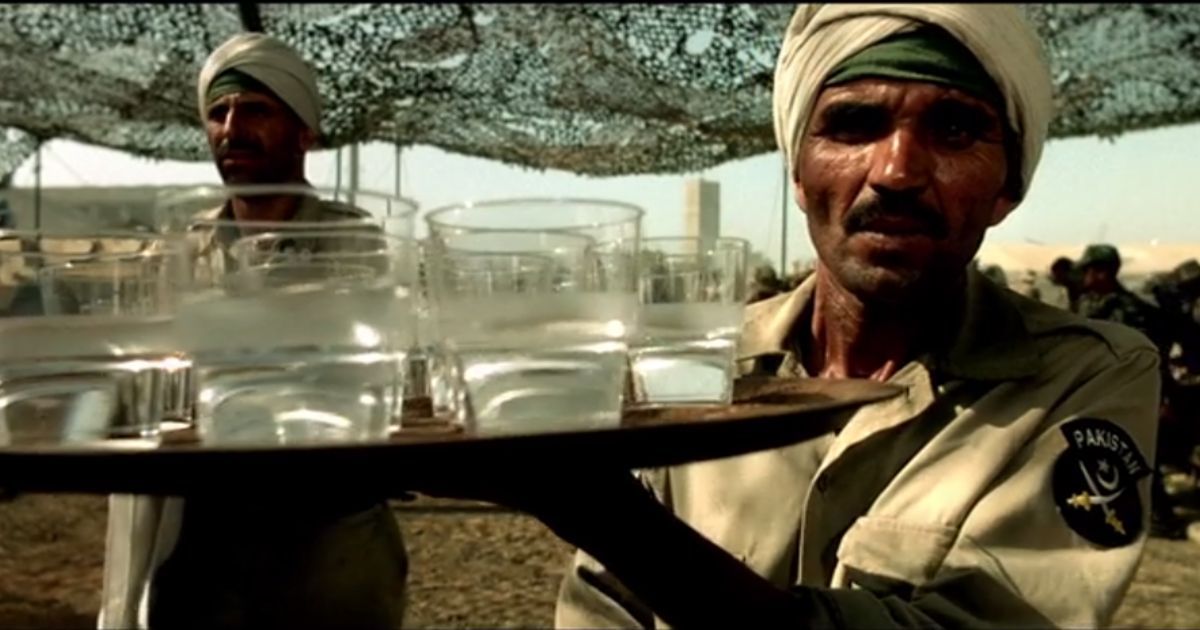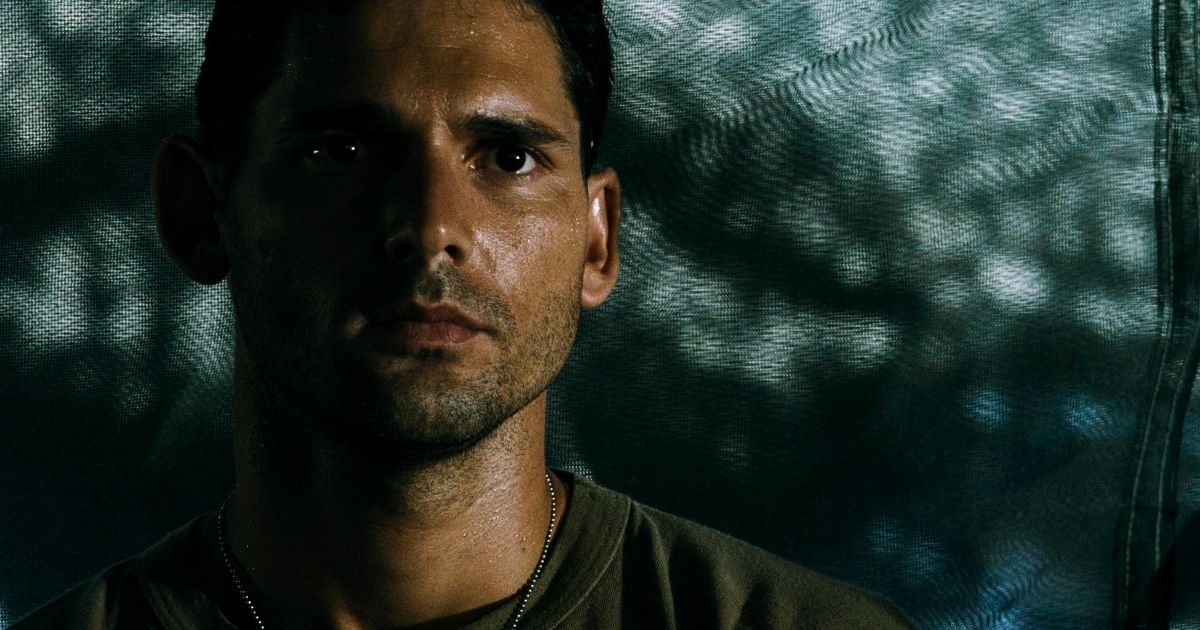Hailed as one of the best modern war movies ever made, Ridley Scott's 2001 film Black Hawk Down opens with the title card simply claiming "Based on actual events." Should such a thing be taken for face value, or should we question just how accurate the film really is?
Black Hawk Down follows 1993's real-life Battle of Mogadishu, in which a small troop of American soldiers tasked with capturing two high-up agents (working for a local Somali warlord), were ambushed by a larger-than-expected force of militia.
Famed for its realism and heavy action, the movie works so spectacularly well. Gritty and covered in rubble, sweat coats white faces as they are assaulted by heavily armed forces equipped with rocket launchers, machine guns, and all the gear required to bring down the US army's mighty Black Hawk helicopters.
Gritty Retelling or MTV History?
With a 92 million dollar Hollywood film starring a handful of the biggest leading men across cinema at the time, creative liberties should always be expected. And with the final product, there is a sense of both ease for the convenience of storytelling and a patriotic, even propagandist, view of the American forces in the film.
No narrative is given to the Somali fighters, beyond these people simply being the scrappy enemy. Released just mere months following the 9/11 terrorist attacks on the World Trade Center, the film is swayed heavily by the mood at the time.
Writing for the Society of Military History, Ronald L Spiller puts it as follows.
"But Scott's Black Hawk is an MTV version of history. He simplifies the story and strips what has come to be called the "Battle of the Black Sea" of the cultural and institutional baggage that makes it an even more interesting and important event."
He continues on to compliment the film, though highlighting that it was made for the box office.
Although a good war movie that remains superficially faithful to [Author Mark] Bowden's descriptions of the basic actions of 3-4 October 1993, Black Hawk Down is a failure in terms of explaining some of the fundamental assumptions and conditions that underlay Task Force RANGER's operations. Scott's goal, obviously, was a commercially successful film, not a documentary. It is interesting to note the difference between Bowden's subtitle, A Story of Modern War, and the subtitle used in marketing the film, Leave No Man Behind. In a peculiar way Scott's oversimplification mirrors our own approach to operating in Mogadishu in 1993.
Black Hawk Down & Representation
While not affecting the plot itself, a major issue with the film is its representation. Set in Mogadishu, Somalia, the film bafflingly manages to exclude any actual Somalis in its featured roles (mostly on account of the film shooting its majority in Morocco).
While this should absolutely be taken with a pinch of salt, real-life arms dealer Osman Ali Atto spoke out about his portrayal in the film (the real-life Atto would be played by Grenadian, George Harris). Speaking to the BBC following the film's release, Atto discussed how he felt about his portrayal and a key scene.
My rights have been violated [as well as] many other Somali leaders and the people of Somali... When the helicopter attacked, people were hurt, people were killed. The car we were travelling in, I have got proof, it was hit at least 50 times. And my colleague Ahmed Ali was injured on both legs.
It should go without saying that anything Atto, a man portrayed as one of the out-and-out villains of the film, says should be received with a healthy dose of skepticism.
Wobbly Numbers and Ally Forces
Similarly to the film's opener, Black Hawk Down's closing credits would state, "During the raid, over 1000 Somalis died, and 19 American soldiers lost their lives." This number itself is an estimate, with a varying level of accuracy depending on whom you ask. Somali and UN officials have the number of dead at 200 to 350, while US officials go as high as 2000.
What this also completely fails to leave out is the Pakistani and Malaysian losses in the clash, with both armies relegated to an extremely minor role in the film, when Pakistan would heavily support the stuck US troops in reality. Both Pakistan and Malaysia would mark one death apiece, which the film entirely managed to miss out on its final thoughts.
War Is Hell
So is Black Hawk Down fact or fiction? Honestly, for the sake of a bombastic war movie based on real events, it's a bit of both.
The American heroes at the front of the clash are portrayed by some of Hollywood's biggest stars at the time, and they are only Americanized even more to become even bigger and more courageous American heroes. As a result, the "villains" of the piece in turn only come off as nameless and characterless thugs with automatic weapons.
Regardless, Black Hawk Down should nevertheless be praised for its realism in how its elongated battle is shot and put across to an audience, even if just from a technical standpoint. Still, an impressive feat today, if the movie is guilty of anything, perhaps the American-made Black Hawk Down's biggest (war) crime would be in making its American soldiers at its film's center out to be its sole heroes (when really there were far more forces involved) — a frustratingly recurring theme as far as war movies go.

